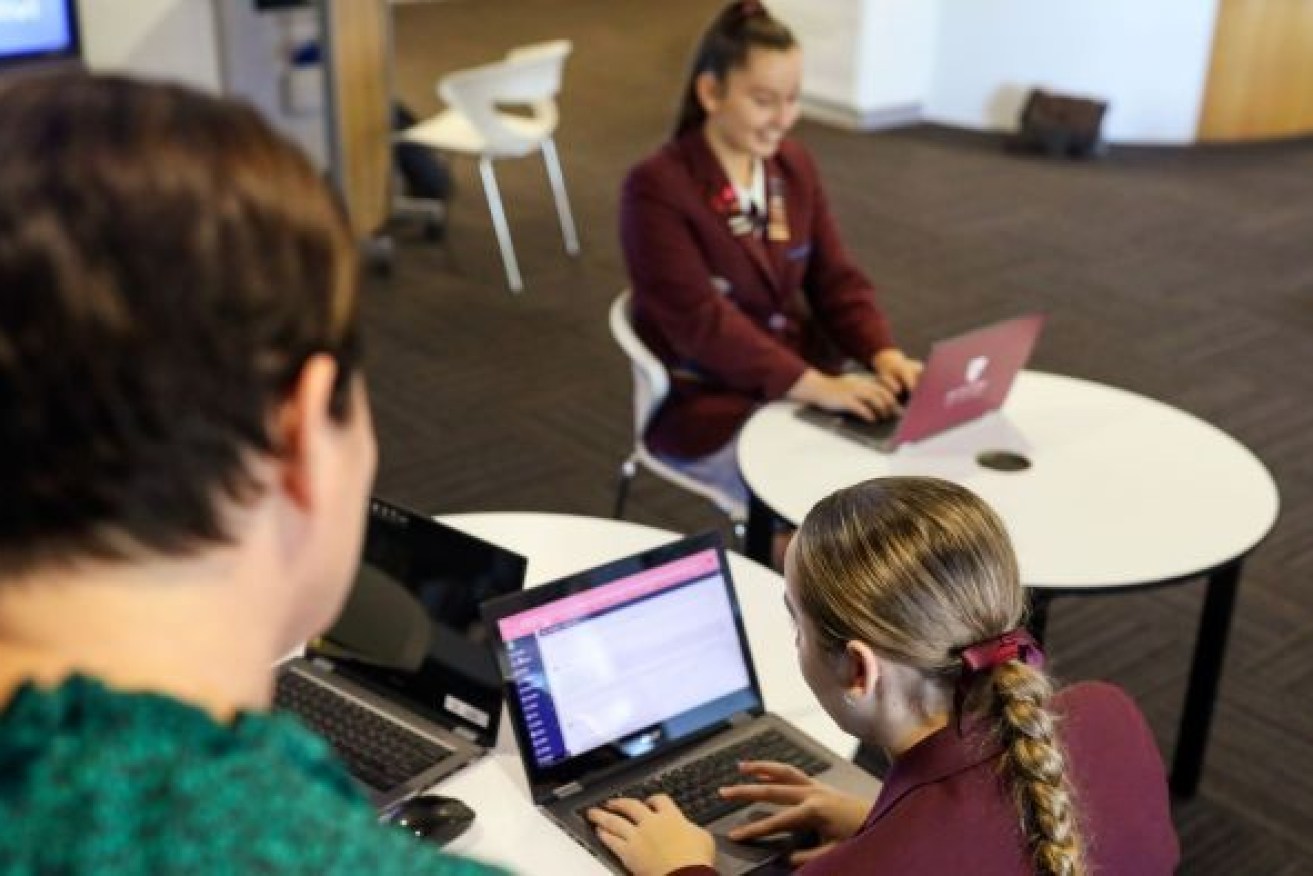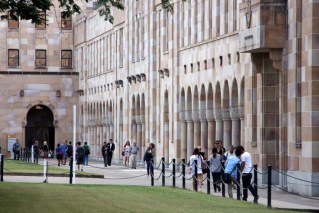What you need to know about Qld home schooling this term
To slow the spread of coronavirus, Queensland students will spend at least half of term two learning from home, with schools only open for certain children. So what is expected of parents and how will the curriculum be delivered?

NAPLAN tests continue to be a subject for debate. (Photo: ABC)
To slow the spread of coronavirus, all Queensland students will spend at least half of term two learning from home, with schools only open for certain children — so what is expected of parents and how will the curriculum be delivered?
For the first five weeks of next term, all students who can learn from home and be supervised are required to stay at home, unless they are the child of an essential worker or considered vulnerable.
Queensland’s Education Department has stressed to parents and carers they are not required to provide homeschooling, but rather remote learning with a teacher who is supporting students with online material.
Can my child attend school?
Students who fall into the following categories are able to attend school, while all other children should be learning from home:
- Children of essential workers are allowed to attend school on days when they are not able to be supervised at home and no other arrangements can be made. The Queensland Education Department defines an essential worker as anyone who must continue to attend their workplace for essential business during this time.
- Vulnerable children are those who have been identified by schools, or who are currently receiving services from Child Safety, are under a child protection order, or are subject to a youth justice order.
- Children in designated Indigenous communities are also included.
Education Minister Grace Grace said any parent concerned whether they could supervise their child while working from home should contact their school.
“It’s a common-sense approach — if anyone has any issues, raise it with your teacher, raise it with the principal, and I’m sure they will accommodate you where necessary,” Grace said.
So why are teachers still going to school?
Teachers and staff — unless they are vulnerable due to medical conditions — will be at school to deliver online and in-person classes, and will remain the primary point of contact for students and parents.
They will set the curriculum, teaching and learning programs, and will be delivering lessons in person and through virtual portals.
Grace said she wanted teachers to remain at school so they had resources at their disposal.
“One of the resources that I love about being at work is your collaboration with your fellow staff members,” Grace said.
“In this unprecedented time, I want to make sure that teachers have all the resources of a school [and] can get feedback on what is working well.”
How will home-based learning work?
All students should be supplied with learning material prepared by their school so they can study for the five weeks.
Teachers spent the last week of term one preparing curriculum that can be accessed through learning portals or in printed workbooks.
Each teacher will connect with their students in different ways to ensure they are supported.
Some will live-stream lessons or upload daily videos, while others will touch base with students via email or by phone.
Stacie Hansel, the Department of Education assistant director-general of state schools performance, is leading the rollout of the home-based learning program.
She said every school’s model for delivery would be slightly different.
“A typical day that we would like our students to be working on will actually look like some online, some paper-based materials, some support from their classroom teachers,” Hansel said.
“But also working independently with some resources that we’ve sent out, so it will be a very mixed or a hybrid model of learning.”
Hansel said state schools were already using online learning platforms like iConnect and Blackboard, which would help deliver classes and learning material.
Will my child be disadvantaged learning from home?
Students who attend school in the next five weeks will participate in the same learning program that is being delivered to students learning at home.
Teachers should be in touch with parents, carers and students about how learning material and feedback will be received while they study at home.
Hansel said the Education Department had made resources available for all parents and schools to access, so no student would be disadvantaged.
“Queensland is in a great position — we’ve had a digital curriculum for about eight years now,” she said.
“We’ve been able to draw on those resources that we’ve already developed, and we’ve been able to use those to develop two-week units of work that are available freely on our learning at home website for any parents to download and use.
“Those resources are a range of online, paper-based, learning objects and interactivity … any teacher can access those materials and we’ve shared those with the catholic and independent sectors in Queensland and nationally as well.”
What if I struggle to teach from home?
The Queensland Education Department said about two to three hours of learning each day should be plenty and to treat the first week as an orientation to get settled.
It has created a study timetable for parents, which estimates Prep to Year 2 students should at least spend around 2.5 hours on study, while Year 7 to Year 10 students should study at least 3.5 hours.
If parents struggle to teach their kids from home, they should contact their school to get help with any issues.
Additional online tools, resources and assistance are available on the department’s website.
What if my child can’t access a device or the internet?
Grace said the Government was working with schools to supply devices and internet connectivity for schools and students where required.
“Schools are being encouraged to loan devices like laptops or tablets to students who may not have access to them at home,” Grace said.
The Government is also working with Telstra and has more than 5000 SIM cards so students without internet connectivity can access online resources — parents can contact their school to receive one.
But an electronic device isn’t required in every circumstance.
Printed-out bundles of learning materials and worksheets will be available for all students.
What about exams for senior students?
Year 12 students will only be doing three exams this year.
One they have already completed, one will be an internal exam and another will be an external exam.
There will be no extra year of learning and all graduating students will receive a Queensland Certificate of Education (QCE) and an ATAR score.
For other year levels, assessment and reporting for term two and semester one will be adjusted by teachers to reflect the nature of learning over this time.
How long will this be in place?
The home-based learning model will be in place from the start of term two on Monday, April 20 until at least Friday, May 22.
The Queensland Education Department will review how the system is working on May 15 and make a decision about the remainder of the term by mid-May.
– ABC / Rachel Riga












